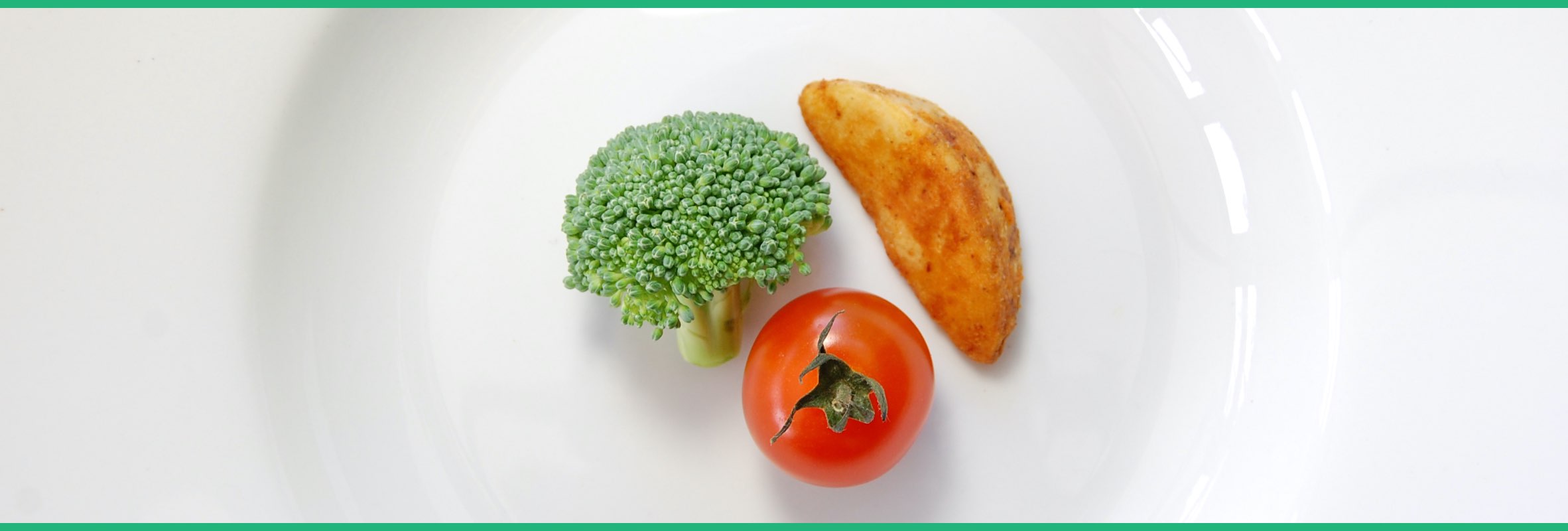Boost Your Financial Health
10 EXCERCISES TO WHIP YOUR FINANCIAL HEALTH INTO SHAPE!
1. “NO-SPEND” DAYS
A no-spend day involves going through an entire day without spending a single penny! It means taking coffee in a travel mug, bringing a lunch to work, making meals with supplies you have at home and refraining from any online shopping. Leave your wallet at home one day and see how much money you can save!
2. “CASH ONLY” DAYS
“Cash only” days challenge you to live off a specific amount of cash for the entire day! You can set your own amount, but we think that $20 is a great amount to have in your wallet. This exercise not only prevents overspending but it also makes you much more mindful of where your money is going!
3. MONTHLY SPENDING BANS
If there is a problem area in your life (like excessive shopping on Amazon, for example), then we challenge you to BAN yourself from spending in these areas for one month. Most of us can stick to anything for a month and you’ll be shocked at how much you can save with just a one-month ban! For extreme results, try the ban for longer than one month or set a savings goal and don’t lift the ban until you reach it!
4. EAT WELL & EXERCISE
Did you know that positive changes to your physical health can also positively impact your financial health? Improving your diet means less eating out in restaurants & fast food joints which, in turn will help you to save money. Walking, running, or cycling to work will save you transportation costs while improving your overall physical health! It’s a win-win!
5. GO ON A “SPENDING DIET”
Limit yourself to spending only a certain amount of money each week. Start out with a low amount and challenge yourself to continue that trend for the next month, 6 months and beyond!
6. CLEAN HOUSE!
Shed extra “weight” by selling off items that you no longer use. Hold a garage sale, post items online or sell your gently used clothing to a consignment store. Not only will this get your some extra money in your pocket (or savings account!), but it is a great way to declutter your home!
7. BUILD A BUDGET
Budgeting is the first step to being financially successful. The key is to separate your WANTS from your NEEDS and determine how much you spend on each category on a month-to-month basis. Look at areas where you may be overspending (entertainment, food, etc.) and try to reduce some unnecessary spending.
8. HOURS VS. COST
To help to reduce spending on your “wants” and stay on track with your budget, try to look at items in terms of how many hours it takes you to earn the cash to buy them. Take the amount of the item you’re considering purchasing and divide it by your hourly wage. If you earn $20/hr and you want to buy something that costs $200, ask yourself if that item is really worth 10 HOURS of your hard work and time.
9. HOME MAINTENANCE TO SAVE MONEY
Save money this year by doing some simple home maintenance! Patching leaks, replacing old light bulbs with LEDS, checking your insulation (and adding if necessary), having your air/heating systems inspected and updated (to more energy efficient systems), using light timers, etc. will save you money on your future bills!
10. CARRY BIG BILLS
A study revealed that the size of your bills influences how likely you are to spend them. The smaller the denomination, the more likely you’ll be to spend the bill. We tend to view larger bills as more valuable and we hesitate before breaking them to buy something but we part with smaller bills more freely. So, carrying 50- or 100-dollar bills will help you to think a little harder before spending.
For best results, try a financial exercise two to three times a week on a regular basis.
















